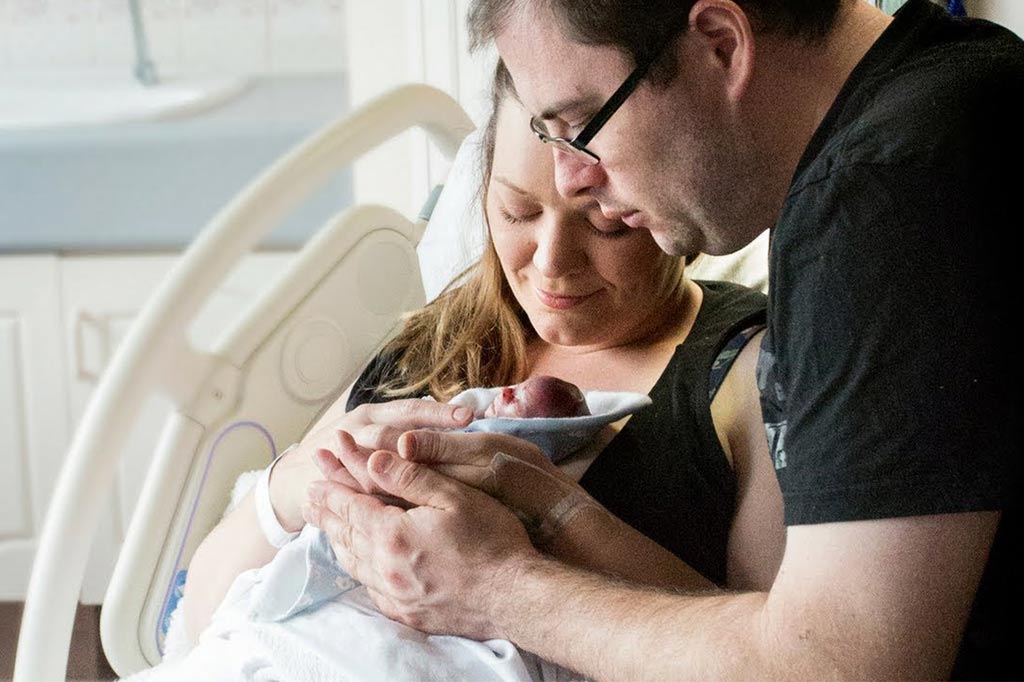Stillbirth and Neonatal Mortality may increase due to COVID-19 effect. Photo Courtesy – YouTube
Around 2 million stillbirths happen worldwide every year. The WHO, UNICEF and other partner organizations fear that the number of stillbirth and neonatal mortality may rise further due to the coronavirus effect.
When a baby dies during or after 28 weeks of pregnancy, it is called a Stillbirth. Similarly, if a baby dies within the first 28 days of life, it is called Neonatal death. The neonatal period is the most crucial time for a baby i.e. the first 28 days of its life. Babies face the highest possibility of dying in their first month of life. Health experts are worried about the COVID-19 situation. A report they analyzed stated that the average neonatal death was 17 deaths per 1000 live births globally in the year 2019. The rate went down by 52% from the 1990 statistics where it was 38 deaths per 1000 live births. But, they are expecting a rise in the percentage of neonatal death in the coming year.
According to the World Health Organization, three in four stillborn babies born worldwide last year were in sub-Saharan and South Asian countries. A mother gives birth to a stillborn baby every 16 seconds somewhere in the world. The UNICEF Executive Director, Henrietta Four, believes that in most cases stillbirths can be prevented if the mother is taken care of during pregnancy with regular medical advice. According to the WHO, more than 40% of the stillbirths can be reduced with the help of trained health workers during childbirth.
Read: Special supplement of Vitamin D can cure COVID-19, scientists of Spain claim
A global trend has been observed regarding stillbirth and neonatal mortality. An obstetrician at the St George’s University of London reported that stillbirth and neonatal mortality increased by 4 times during the COVID-19 pandemic. She stated that it happened due to collateral damage that happened during the pandemic. Pregnant women might have faced complications that were not diagnosed. A large number of women might have hesitated in going to the hospital during the peak time of coronavirus infection. But, by that time, their complications developed to the advanced stage.
Stillbirth rate has increased in India also during the lockdown. A few Nepali women had their babies in hospitals during that time. Pregnancy care dropped to a minimum and childbirth happened in the home or in health care units with small facilities. In Scotland also stillbirths have been registered with a high percentage during the months of the pandemic.
The World Health Organization has issued an alarming report on childbirth for the coming year. The report stated that due to the Coronavirus epidemic, the pace of health care worldwide has slowed down. As a result of that, more than 200,000 stillbirths could be born next year in around 117 developing countries.

Shalini Gupta is a teacher at New Delhi with multifarious talents. She has a deep passion for reading, writing, drawing, sketching etc. simultaneously with her teaching job. She is currently writing for Bigumbrella also.




